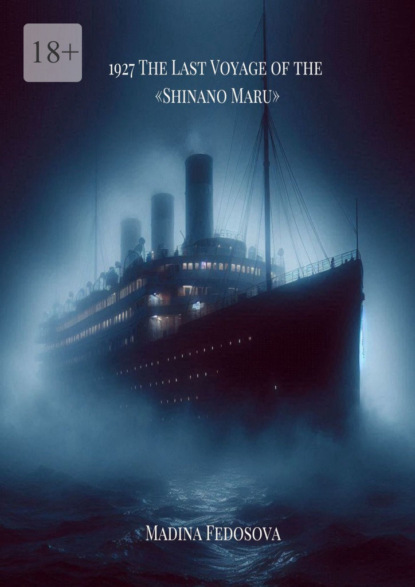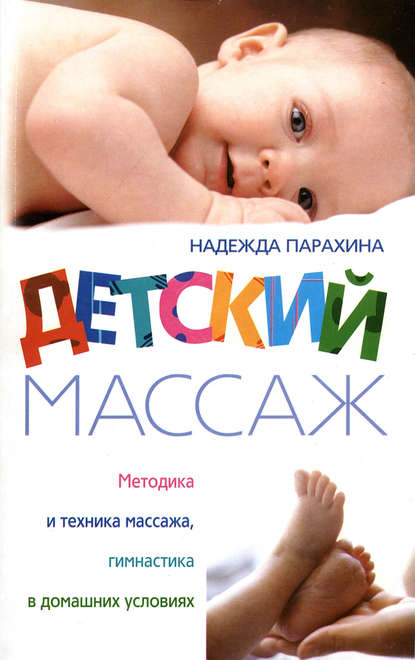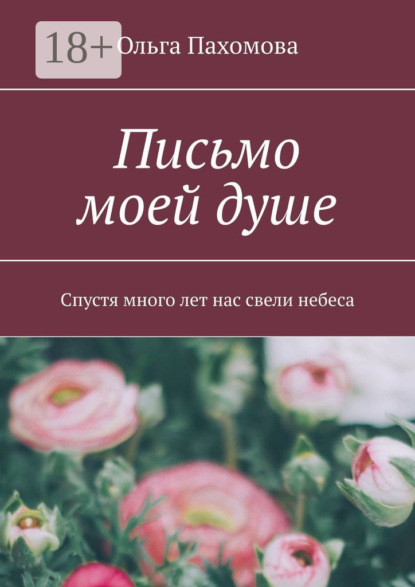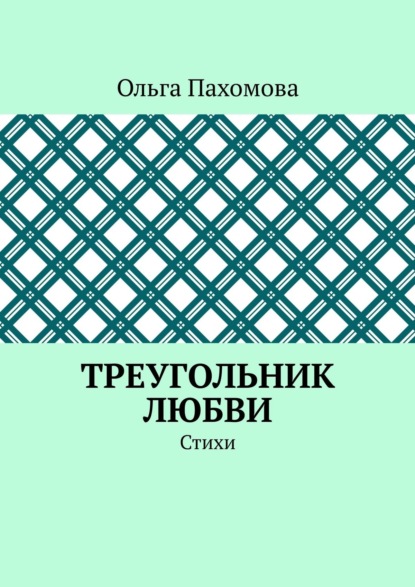- -
- 100%
- +
O-Tama’s thoughts: “As a child, I saw Commodore Perry arrive in Edo. Then our grandfathers said: ‘They will bring locomotives and telegraphs’. Now they have brought cowboy hats and gum that sticks to your hair. What will they bring tomorrow? And what will be left of us?”
“ – Democracy will not fill the stomach, my child. When I was little, my grandfather, a samurai from the Satsuma clan, said: ‘When new gods come, they first demand songs, then bread, and in the end – souls. But true gods never ask – they give’.”
Around the corner, in an alleyway between stalls with American cigarettes and canned goods, a group of children were playing a new game.
“ – I will be MacArthur!” —12-year-old Kenta, in glasses made of wire and foil (imitating those worn by the general), stood on a box with the inscription “US ARMY PROPERTY”. “I order everyone to forget kokutai! Now you will eat hamburgers and watch baseball!”
Seven-year-old Haruko, the daughter of a fallen kamikaze pilot, in a dress remade from parachute silk (her mother had found it in a bombed-out warehouse), timidly raised her hand:
“ – But what if we don’t want to forget?”
The “General” took a piece of Spearmint chewing gum out of his mouth (it lasted for three days of chewing) and stuck it to her forehead:
“ – Then you won’t get Hershey’s!”
“The victors always come with gifts in one hand and scissors for memory – in the other. First, they allow you to speak in your own language. Then – they forbid you to speak in yours. And when the last word disappears – the people disappear.” (Inscription in charcoal on the wall of a destroyed school in Shinagawa, found among the fragments of the textbook “Bushido Code”)
On the Nagasaki Waterfront
Former technical director of the Mitsubishi shipyard, Okawa Tetsuo, sat on a fragment of a concrete bunker, remaining from the destroyed military factory. His palms, covered in scars from burns and ingrained fuel oil, trembled as he ran his fingers over a wooden model of the destroyer “Yukikaze” – a precise copy of the ship he had built in 1939.
“See these seams?” his voice sounded hoarsely, like the squeak of ungreased hinges. “We called it the ‘Empress method’. Every steel sheet was fastened by hand, with copper rivets. No more than three millimeters between the seams – so that the waves would not tear the hull apart, even in a typhoon.”
He pointed to the American transport ship “SS Liberty Star,” at whose pier Japanese workers in tattered jinbei were unloading crates labeled “Made in USA.”
“Now our shipyards will build fishing boats. For their canneries in Hokkaido. Twenty years ago, we were creating ships that challenged the Pacific Ocean. Today – wooden boats for catching herring.”
Okawa’s thoughts: “In 1941, when the Yukikaze returned after the Battle of Midway without a single scratch, Admiral Yamamoto told me: ‘Your seams are stronger than samurai swords’. Now these seams are falling apart, like everything else…”
The water in the bay reflected the sky, split in two:
To the west – black clouds of smoke from the Mitsubishi factories, where tractors were now being assembled according to American blueprints.
To the east – the first spring clouds, resembling the sails of a squadron that had sailed on its last voyage from Yamato.
Between them, barely touching the rusty cables of the sunken cruiser “Takao,” flew a Japanese crane. Its wings, spread against the wind, resembled the last salute of a departing era.
“ – Look!” suddenly exclaimed an old worker standing nearby.
The model slipped from Okawa’s hands and fell into the water. But the wood, soaked in fuel oil during the bombings, did not sink – it only slowly swirled on the surface, until the current carried it to the rusty hull of a disassembled destroyer.
“When an empire dies, its ships disappear first. Then – those who knew how to build them. In the end, only the waves remain, which still crash against the shore, but can no longer tell whose flags they were.”
(Inscription on a piece of board found in the Yokosuka dock, 1945)
Dialogue with a Worker:
“ – Okawa-san,” the old man held out a bottle of moonshine, distilled from American aviation fuel. “Remember when we launched the Shinano?”
Okawa took the bottle, but didn’t drink: “ – I remember. Back then, there was a poster at the shipyard: “Every riveted strike is a strike against the enemy’. Now there’s a new one: “Quality is the path to democracy’.”
“ – And the vodka is still the same,” the worker laughed hoarsely. “Only before, it was given for exceeding the plan, and now – for not stealing a nail.”
The wind carried the sounds of American jazz from the newly opened “Blue Bird” club. Okawa closed his eyes. In his memory surfaced the words spoken to him in 1938 by an old master:
“A ship is not steel and not guns. It is the last island where one can take refuge when everything around becomes alien.”
The Yukikaze model, meanwhile, disappeared around the bend of the canal, where the best destroyers of the Empire had once been built.
Chapter 5Ink ShadowsTokyo, May 1946.The ruins of the Waseda University Library.
The fog, as thick as the gauze on an old kimono, rose from the Kanda River, mingling with the acrid smoke that stretched across Kanda-Sarugakucho. The last traces of pre-war Japan dissolved in this stifling haze:
Burnt pages of the “Kojiki” fell into the fire, bursting into blue flames – this was how high-quality paper with added mulberry tree fibers burned. Professor Arai Seiichiro, formerly the personal tutor of Prince Chichibu, with trembling hands threw into the fire lecture notes that had once been praised by the imperial court itself. His “Nikon” glasses from 1938 (the left temple bandaged with plaster from an American field kit) fogged up from tears mingling with ash.
The sharp smell of printing ink beat from the basement window, where, on an “Adast” press from 1887—a gift from Austro-Hungarian Emperor Franz Joseph – former students were printing leaflets with Akutagawa’s poems. Each strike of the press sounded like a gunshot:
“In a country where they burn books, sooner or later they will start burning people”
(Unpublished poem, 1925)
The sweetish-bitter aroma of fried locusts wafted from O-Tsuru’s stall. Her husband, the head chef of the Imperial Palace, had left a farewell note in calligraphic handwriting:
“Unable to serve rice of the new harvest to those who trampled the flowers of the old garden” (September 10, 1945)
In the Destroyed Auditorium 3
Former professor Ito Hiroshi, now a night watchman at the headquarters of the occupation forces, made his way between the ruins. His fingers – the same ones that in 1936 had transcribed the entire “Tale of Genji” in gold ink for a gift to the Emperor – now left black marks on the charred walls.
“ – Sensei…”
Yamamoto Kenji appeared from behind a column with a broken head of the goddess Kannon. Five copper circles stood out on his gym shirt (a former dress uniform of the kendo club) – traces of torn-off buttons with the Waseda crest.
Ito sharply raised his hand:
“ – ‘A’ unit patrols the quarter every 47 minutes after yesterday’s search of the bookseller in Kanda.”
Yamamoto unfolded a bundle, tied with a parachute cord:
“ – In the west wing… behind the map cabinet… I found this.”
The pages of Professor Fujita’s diaries (1937—1945) smelled of gunpowder and mildew. Ito opened it at random:
“February 11, 1937. Today Lieutenant Tanaka asked how to combine Hagakure with Saigyo’s poetry. I answered:
“A true sword does not cut a flowering branch’. I saw only emptiness in his eyes. When a warrior forgets that he is first and foremost a human being – he becomes simply a murderer.”
“First they burn books. Then they rewrite history. Then they forbid memory. And when there are no books, no history, no memory left – a new people is born, who believes that this is how it has always been.”
(Last entry of Professor Fujita, written in charcoal on the back of the menu of the restaurant “Takitori”)
“We have become shadows in our own country. But isn’t the shadow of a samurai still a samurai? Isn’t the shadow of a blossoming sakura still a flower? They may forbid our books, but they cannot forbid us to remember their smell – the tart aroma of washi paper, mixed with ink from pine soot.”
Конец ознакомительного фрагмента.
Текст предоставлен ООО «Литрес».
Прочитайте эту книгу целиком, купив полную легальную версию на Литрес.
Безопасно оплатить книгу можно банковской картой Visa, MasterCard, Maestro, со счета мобильного телефона, с платежного терминала, в салоне МТС или Связной, через PayPal, WebMoney, Яндекс.Деньги, QIWI Кошелек, бонусными картами или другим удобным Вам способом.






